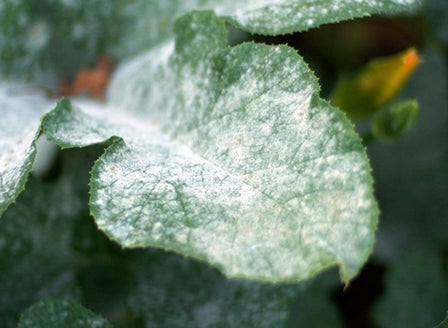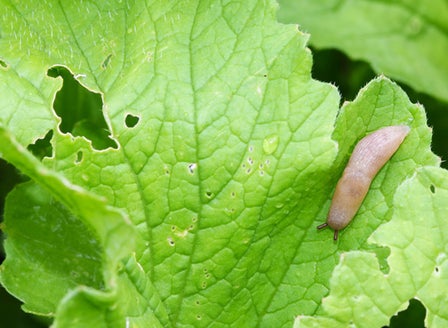If you are looking for pops of bright colour in your summer garden, now is the time to get acquainted with begonias. While smaller annual or bedding begonias are grown from seed, tuberous begonias are grown from tubers.
Planting Calendar
The best time to plant your begonia tubers is from early September to late October. Bedding begonias can be planted from late winter onwards after the possibility of any late frosts.
Prepare
Position
There is a begonia for most positions in the garden, weather in full sun or full shade, but all types need protection from frosts and strong winds. Tuberous begonias prefer to be in filtered light with protection from the full midday sun. Great when planted in baskets under trees.
Soil
When planted into the ground Begonias like a free draining soil that is rich in organic matter. When grown in containers, plant into Kings Container mix. This mix contains added water storage crystals and Saturaid, two products that help maintain moisture in the soil.
Plant
Tuberous begonias are great for pots and hanging baskets. When planting begonia tubers wait until they show signs of sprouting, usually late winter to early spring. Plant the tuber with the side that has a depression in it facing up, positioned so that it is sitting just below the soil surface. All other begonias can be planted by gently tapping the plant out of its pot. Dig a hole twice the depth and width of the plants root ball. Mix Kings Compost, Sheep Pellets into your existing soil. Back fill the hole with this soil, so that when planted the top of the plant’s roots sit level with the surrounding ground. Firm the soil down gently and water in well with Aquaticus Garden Booster In heavier clay soils, where drainage is likely to be an issue, plant onto a raised mound and sprinkle Gypsum Clay Breaker into the bottom of the hole, this helps slowly condition the soil and help to break down the clay.
Care
Watering
Regular watering is essential, when watering begonias take care to avoid wetting the leaves. Water slowly allowing the water to sink down into the roots, rather than allowing it to run off the top of the soils surface. Add Saturaid into the soil at planting as this will help channel the water deep down into the root zone.
Feeding
Liquid feed every month with Aquaticus Garden Booster, from Spring through to the end of Autumn, this encourages root growth and a healthy immune system. Liquid feed every 2 weeks with Kings Liquid fast Food
Protecting
Protect your begonias from slugs and snails by applying regular applications of Quash Slug Bait.
Spraying
Mildew can be an issue with begonias especially in humid environments. At first sign of mildew spray with Yates Liquid Copper.
Pruning
Make sure you deadhead spent blooms regularly; not only does this keep your plants looking tidy, it promotes new growth. Do this by pinching off dying or dead flowers with your fingers or use a pair of clean secateurs. Removing any yellowing foliage throughout the season will also keep your begonias healthy and looking sharp.
General Care
When using sprays, chemicals or fertilisers always read the label and follow the instructions. Apply sprays in the evening to avoid harming beneficial insects.
Beginner Tip
If you are unsure what position your begonia will like, check the leaves - Leaves that have a darker appearance prefer shade, lighter coloured leaves grow best in sunnier positions.
Expert Tip
Tuberous begonias have male and female flowers. Pinch out the single female blooms so plants can put more energy into the petal-filled double male flowers.
Top Varieties
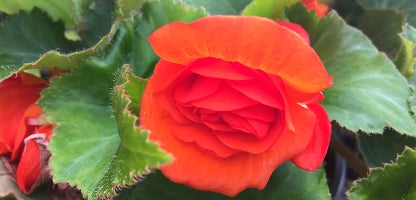
Begonia Nonstop
Just like the name says, nonstop begonias just don’t stop - which means they will keep flowering throughout summer as long as they have a shady spot to thrive in. They are compact growers, which makes them perfect for hanging baskets and pots.
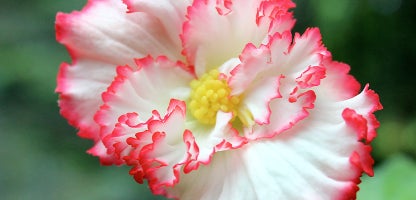
Tuberous Begonias
These begonias have showy double flowers. They prefer a sheltered position in full to semi shade and are best grown in pots or hanging baskets. Tubers are planted during winter and early spring for lovely flowers that appear from early Summer to late Autumn.
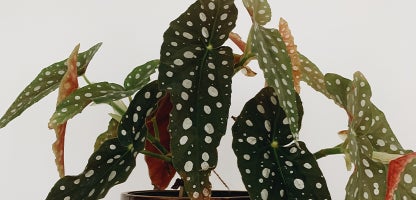
Cane Begonias
This variety produces upright long canes, which can grow tall with some being up to 2 meters in height! Best grown in shade or semi- shade and kept away from afternoon sun. Can also be grown as an indoor plant.
Frequently Asked Questions
Do begonias come back every year?
Most begonias (not including bedding types) are tender perennials, so with a little care most will continue on for years. Always research your variety as many need different conditions to thrive.
How often should I water my begonias?
Regular watering is essential, when watering begonias take care to avoid wetting the leaves. Water slowly allowing the water to sink down into the roots, rather than allowing it to run off the top of the soils surface. Add Saturaid into the soil at planting as this will help channel the water deep down into the root zone.
How do I fertilise my begonias?
Liquid feed every month with Aquaticus Garden Booster, from Spring through to the end of Autumn, this encourages root growth and a healthy immune system. Liquid feed every 2 weeks with Kings Liquid fast Food
How do I prune my begonias?
Make sure you deadhead spent blooms regularly; not only does this keep your plants looking tidy, it promotes new growth. Do this by pinching off dying or dead flowers with your fingers or use a pair of clean secateurs. Removing any yellowing foliage throughout the season will also keep your begonias healthy and looking sharp.
Can begonias be grown indoors?
Yes, begonias make excellent indoor plants. Place them in a spot with plenty of indirect sunlight and maintain a humid environment. Avoid placing them near heating vents or drafty windows.
